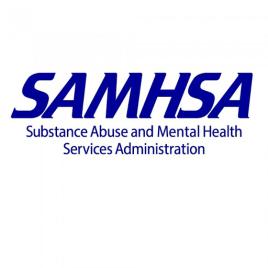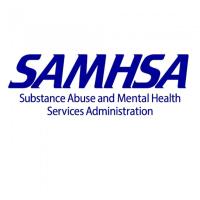SAMHSA Guidance Lists Allowable 'Harm Reduction' Supplies, Services

What exactly does “harm reduction” mean? Well, when it comes to providing federal financial assistance for supplies and services to limit the nation’s overdose crisis, the Substance Abuse and Mental Health Services Administration (SAMHSA) now wants recipients to fully understand what it covered under “harm reduction” or “safe consumption” activities.
In a recent Dear Colleague letter, the agency explained that life-saving opioid overdose reversal medications (OORMs), such as naloxone and nalmefene, “have been lumped into an ideological concept of harm reduction that has been used to advocate for policies that are incompatible with federal laws and inconsistent with this administration’s priorities.”
President Trump on July 24 issued Executive Order, Ending Crime and Disorder on America’s Streets, which directs SAMHSA to ensure that discretionary grants are used for substance use disorder prevention, treatment and recovery to fund evidence-based programs and not to fund programs that fail to achieve adequate outcomes, “including so-called ‘harm reduction’ or ‘safe consumption’ efforts that only facilitate illegal drug use and its attendant harm." Therefore, SAMHSA funds will no longer be used to support poorly defined “harm reduction” activities, and the agency will provide guidance in new award terms and conditions that clarify what supplies and services can be covered under the umbrella of “harm reduction.”
The guidance clarifies that supplies and services that can be funded with SAMHSA funding includes items and services such as OORMs, medication lock boxes and medication disposal kits, sharps disposal kits, wound care supplies, referral to hepatitis A and hepatitis B vaccinations, education and activities to reduce risk of STIs, and nicotine cessation therapies, among several others. However, no federal funding can be used for the following:
- purchasing pipes or other supplies for safer smoking kits nor syringes or needles used to inject illicit drugs, or to purchase any other drug paraphernalia;
- sterile water, saline or ascorbic acid (vitamin c) used to facilitate drug use; or
- any other supplies to promote or facilitate drug use not listed as acceptable.
The guidance also included a listing of public health approaches that focus on prevention, treatment and long-term recovery. “We also know there is a tremendous amount of innovation that is happening in this space — whether it is innovating with data and community saturation or braiding and blending funding streams or creating new partnerships to address overdose and the infectious disease consequences linked to drug use, mental illness and homelessness — states have experiences and best practices that can be shared to help others innovate,” SAMHSA adds.
If you receive funding from SAMHSA for opioid treatment and “harm reduction” activities, make sure to follow this guidance to avoid using funds for supplies and services now not deemed proper.
Join us for our following Thompson Grants event:
2025 Federal Grants Forum: State and Local | Sept. 16-17, 2025 | Virtual Event



